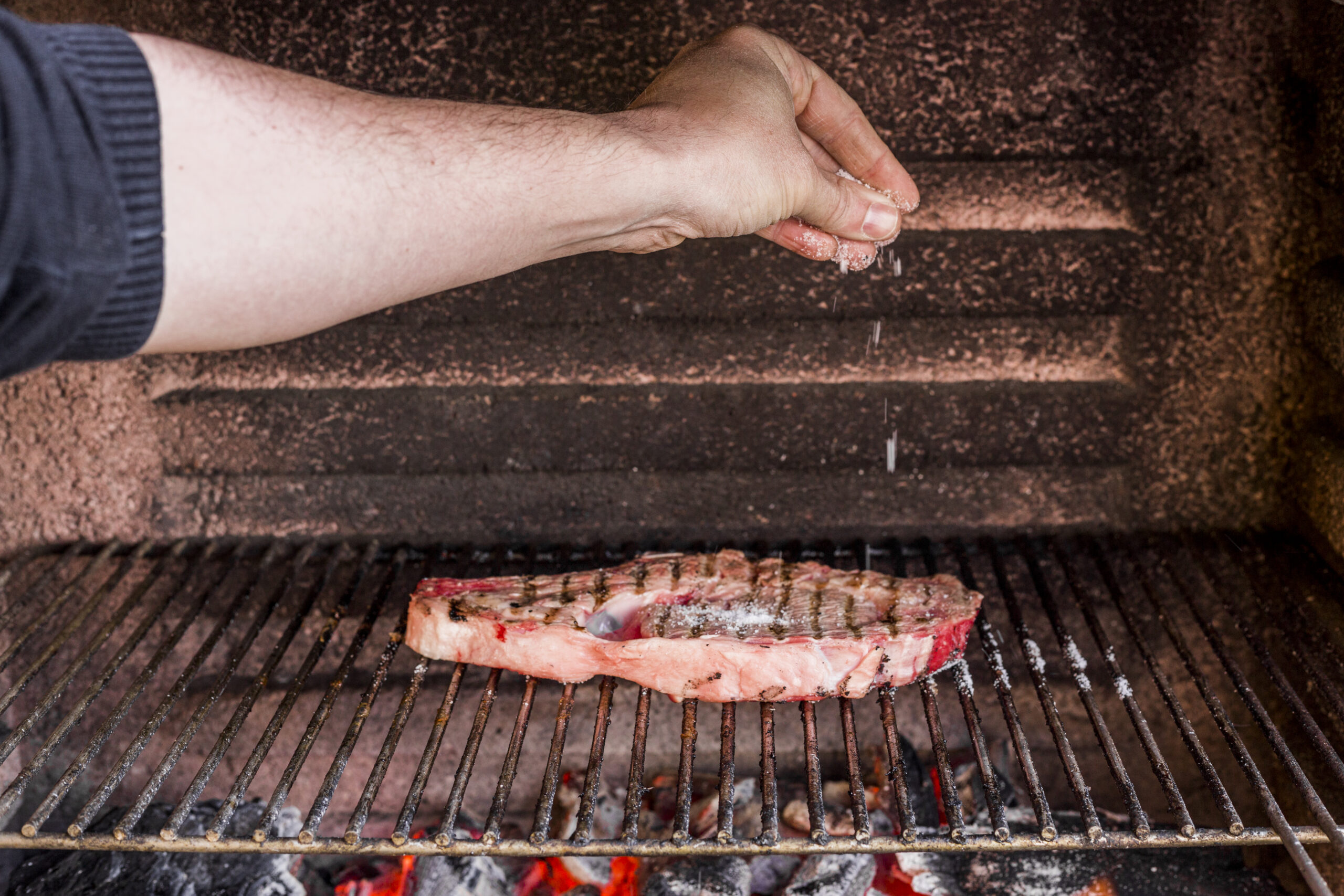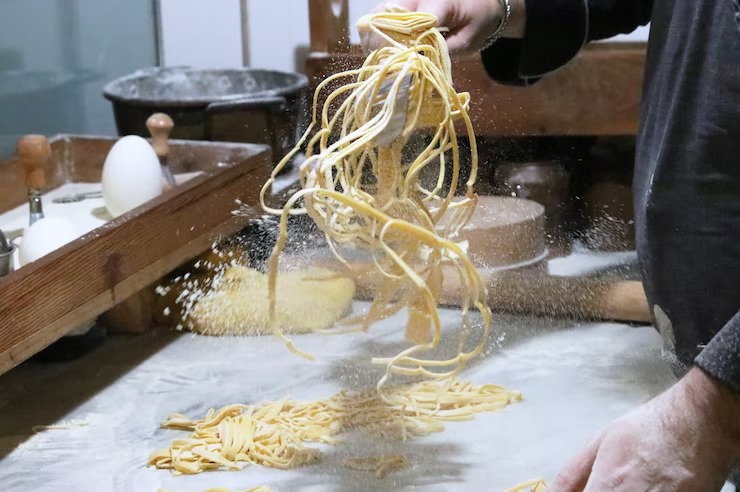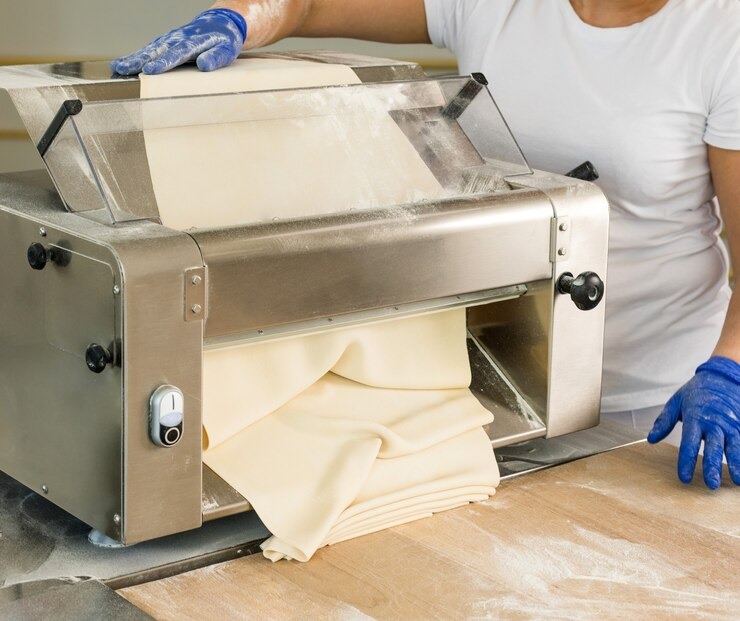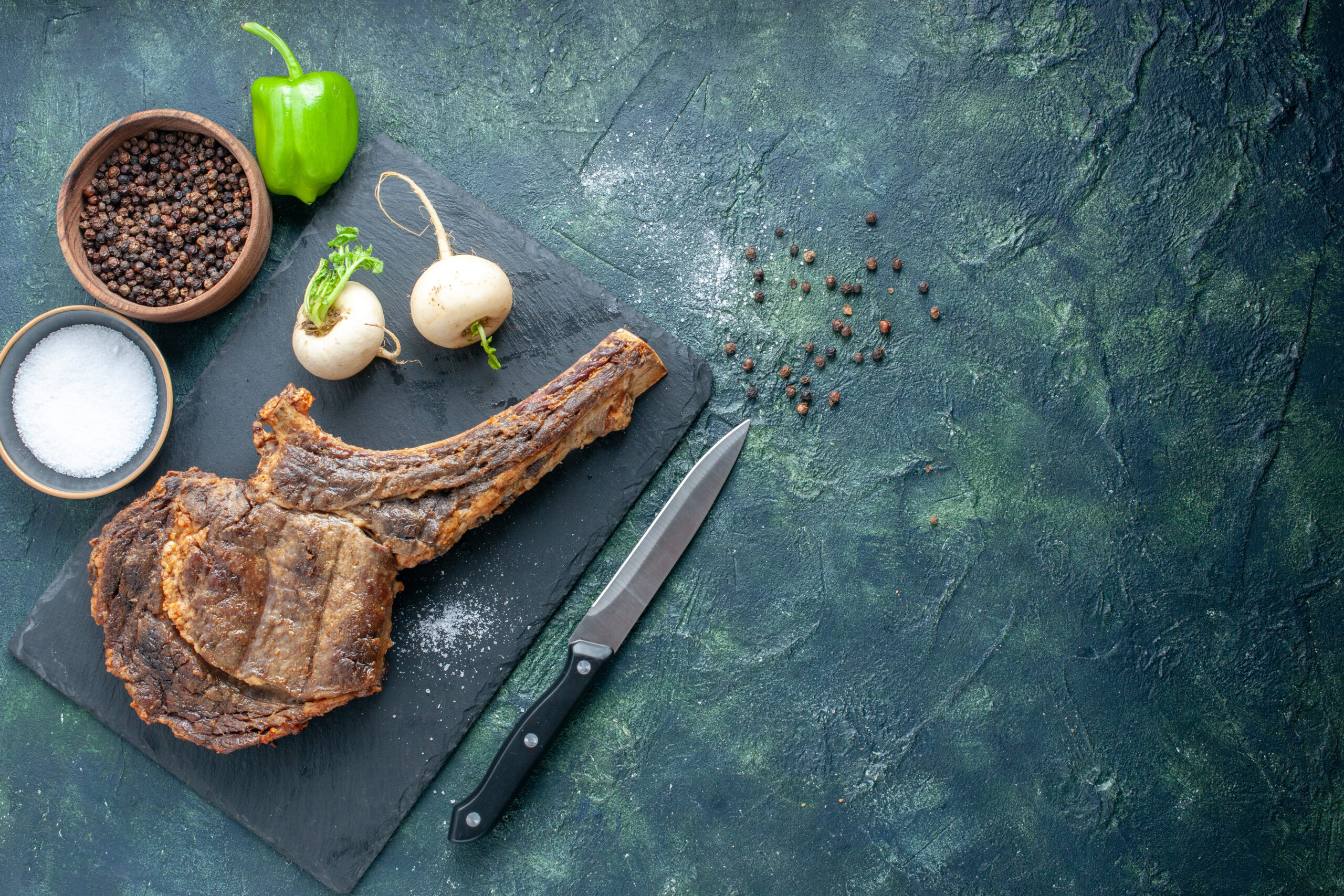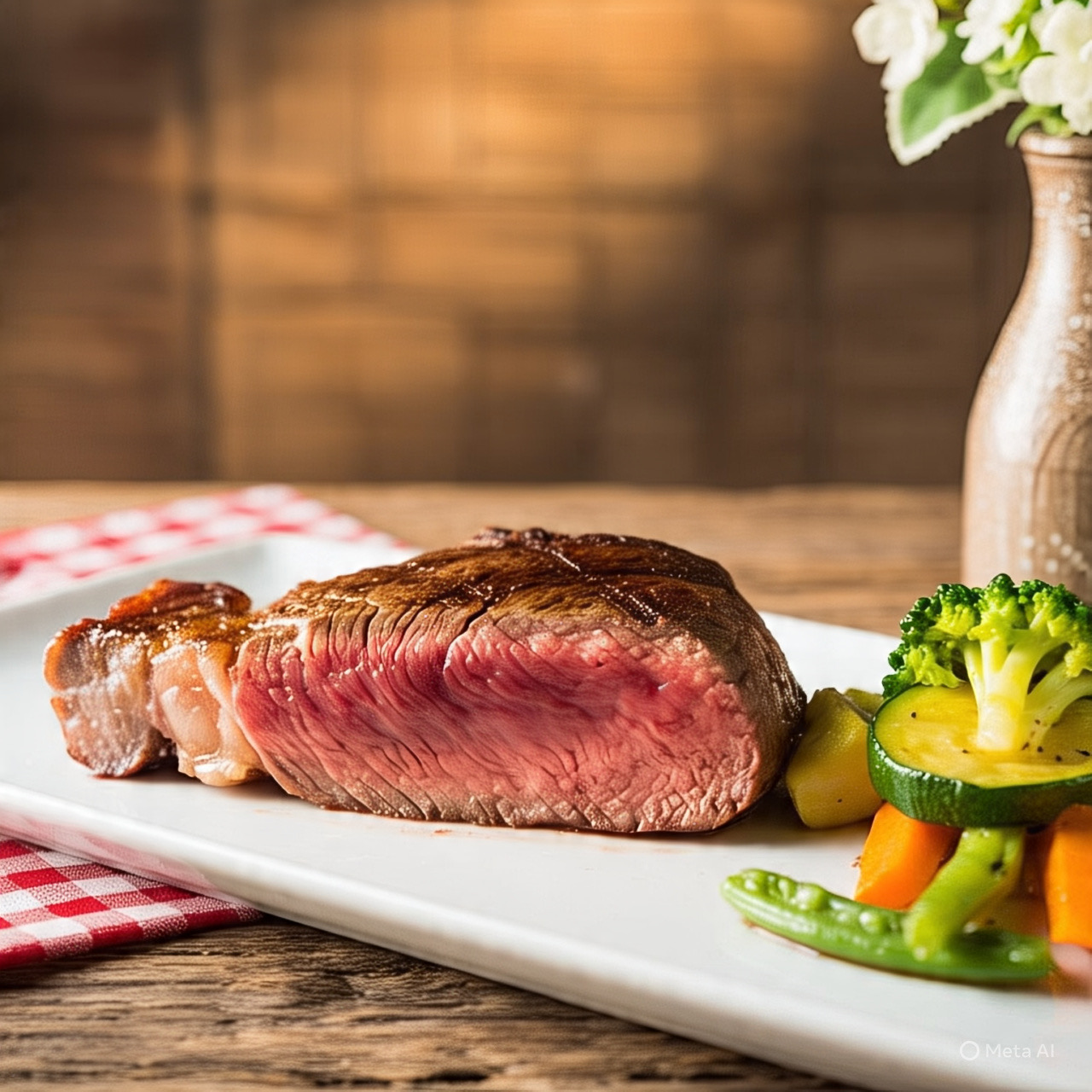Cooking the ideal steak can be tough, particularly if one is aiming to reach that juicy, soft medium rare. Although many home chefs depend on intuition or appearance, this can produce undercooked or overcooked results. There are specific methods, thankfully, to precisely hit the right medium rare steak temperature without guesswork.
Medium Rare Steak Temp: What Is It?
It is first necessary to know what “medium rare” denotes in temperature terms before getting into methods. The typical medium rare steak temperature range is 130°F to 135°F (54°C to 57°C). At this range, the steak is pink in the middle, warm throughout, and soft with a bit of bounce.
Knowing the desired temperature is the first phase toward consistency mastery.
Use a meat thermometer.
Using an instant-read meat thermometer is the most dependable approach to reach the medium rare steak temperature. Making sure not to contact fat or bone, insert it into the thickest area of the steak.
Take the steak off the heat when it reaches 130°F. As it rests, it will rise a few degrees and then settle exactly in the medium rare steak temperature range.
Understand Carryover Cooking
Carrying over cooking is the elevation of internal temperature following steak removal from heat. Pulling your steak at the precise medium rare steak temperature might cause overshooting the ideal level after resting, hence this is important.
Remove the steak from the grill or skillet at about 125 degrees Fahrenheit to prevent this. Rest it for 5 to 10 minutes. The temperature will rise to the ideal medium rare steak temp over this period.
Use the Touch Test sparingly.
The touch test could be a replacement for those who would rather forgo devices. Press the steak’s center lightly with your finger. A medium rare steak’s temperature feels like the resistance one encounters when touching their middle finger and index finger together.
This approach is, though, not infallible and differs from person to person. For improved accuracy, it is best used with a thermometer.
Searing and Oven Finish
First searing the steak on high heat then ending it in the oven at a lesser temperature is one great approach to temperature regulation. This method lets you have more control over the internal medium rare steak temperature while yet producing a lovely crust.
Sear each side for two to three minutes, then put the steak in a 375 degree Fahrenheit oven and closely watch the interior temperature.
Employ the Reverse Sear Technique.
Among steak aficionados, the reverse sear technique is quite popular. Starting at 250 degrees Fahrenheit in an oven or smoker, cook the steak slowly until it hits 120 degrees Fahrenheit inside. Quickly then sear both sides in a hot pan.
With precision, this technique helps you achieve the medium rare steak temp and produces an exactly even cook across.
Select the Appropriate Thickness and Cut
Your steak’s cut and thickness influence how simple it is to achieve the intended doneness. More control when striving for the medium rare steak temperature comes with thicker cuts like ribeye, New York strip, or filet mignon.
Since they cook too fast and allow less room for error, avoid very thin slices.
Rest is vital.
Never skip the resting period after cooking. Rest helps juices to spread and the temperature to stabilize. This guarantees that the final medium rare steak temperature is the same throughout the steak, not only in the middle.
Tent the steak softly with foil and allow at least 5 minutes before slicing.
Don’t Guess: Stay consistent.
Perfectly cooked steak’s nemesis is guesswork. Relying on consistent tools like thermometers, timers, and controlled techniques eliminates the uncertainty. Whether you’re pan-searing, grilling, or using the oven, knowing your numbers is key to hitting the medium rare steak temp every time.
Final Ideas:
Achieving the ideal medium rare steak temp calls for precision; it is not about luck or intuition. You can cook steak like a pro by using a thermometer, knowing carryover cooking, and selecting the appropriate method.
The right approach and practice will let you never again have to speculate. Instead, you will appreciate a flawlessly prepared, delicious steak every time.







